Bychkov, Concertgebouw move from darkness to light with Glanert and Mahler
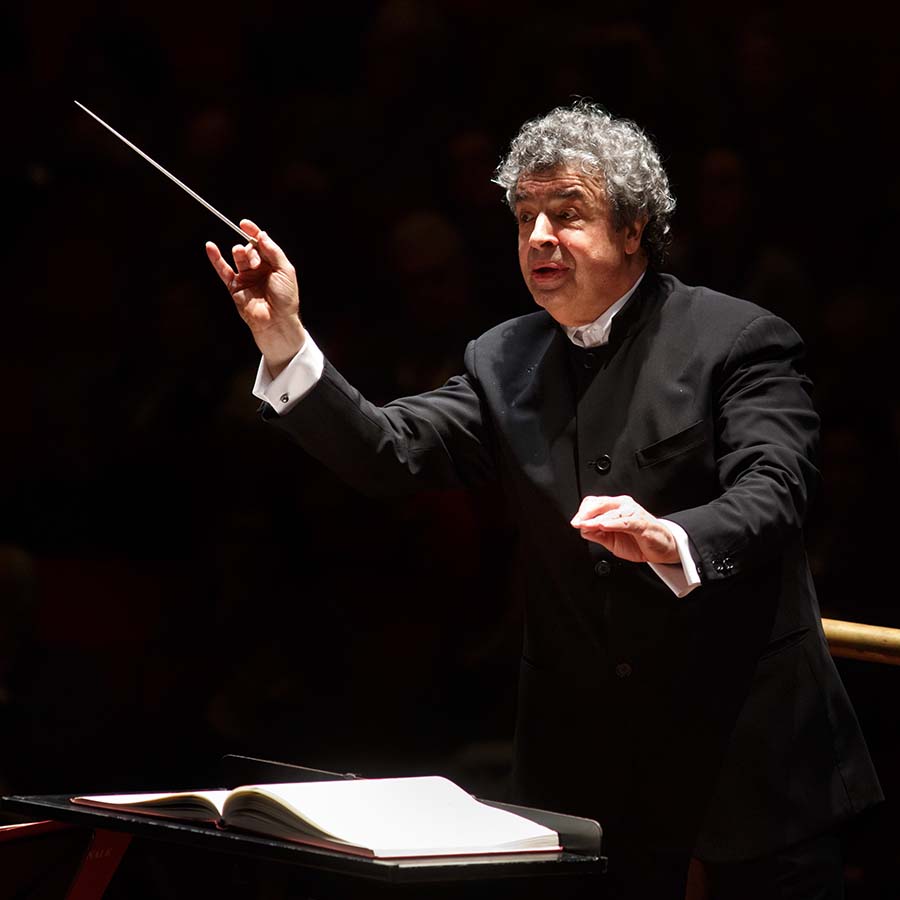
Semyon Bychkov conducted the Royal Concertgebouw Orchestra Tuesday night at the Kennedy Center. Photo: Musacchio Ianniello
The Royal Concertgebouw Orchestra is one of the world’s best orchestras. Amsterdam’s storied ensemble, founded in 1888, has come to Washington five times in the last decade. Washington Performing Arts presented their most recent visit, part of a two-city mini-tour, Tuesday night in the Kennedy Center Concert Hall.
For the RCO’s previous four concerts here, their chief conductor Mariss Jansons was at the helm. Jansons stepped down from the post last year, to focus his efforts on his other band, the Bavarian Radio Symphony Orchestra, whom he brought to Washington earlier this year. Daniele Gatti took over as chief conductor of the RCO this year, but guest conductor Semyon Bychkov led this program, already performed three times back in Amsterdam last week.
Bychkov opened with Detlev Glanert’s Theatrum bestiarum (A Theatrical Bestiary), composed in 2005 and revised in 2008. Glanert has described Theatrum as “a dark and wild series of songs and dances for orchestra, in which the audience looks in upon the dissection of ‘man as beast’, as if in an anatomical theater.”
A companion piece to the German composer’s opera Caligula, it is a twenty-minute tour through the depths of human depravity, limned with a dizzying range of orchestral colors. An ear-shattering polytonal cluster opened the work, punctuated by a spine-chilling anvil strike. Then double-basses and contrabassoon slithered on a twisted, chromatic theme, answered by delicate, dissonant harmonics in two solo violins.
Many styles bristled alongside one another, as an adventurous section of music followed, with the feel of a film score that grew more chaotic and raucous as the woodwinds took it over. A significant part for organ introduced the second movement, the orchestra shadowing the instrument’s vast chords. The English horn solos were particularly plangent in this slow and evocative section.
Echoes of Shostakovich abounded when the piece turned circus-like, although the barbaric repeated-note motif featured in the third movement sounded more like Stravinsky. The conclusion had a pleasing, obsessive quality to it, as a solo string quartet quoted a mournful section of a Shostakovich string quartet. The orchestra lashed this music with sharp tutti chords, attempting to silence it, but was unable to overcome it.
The neurotic tendencies of the Glanert work made it an apt appetizer for the evening’s main course, Mahler’s Fifth Symphony. Bychkov seemed to want to examine this massive piece closely, stretching out many of the movements with ponderous tempi and luxurious rubato. This started right with the opening trumpet solo, which began almost inaudibly and swelled, the slow tempo allowing the soloist to explore every expressive nook and cranny. Creamy strings took over the funeral march, as the piece swooned and shuddered in Bychkov’s reading.
At times one missed the greater transparency of sound achieved by the more patrician Jansons, who conducted this symphony with the RCO in 2008. In the second movement, Bychkov tried to squeeze every ounce of Romantic juice from the score, the brass and woodwinds all pushed to extremes, to thrilling effect.
Bychkov reined in the potential energy of the Scherzo. This deliberate approach yielded some charming comic qualities, and the first trio section had a sweetly hesitating character. Broad, solemn horn solos brought the piece to a halt, with the limping pizzicato string quartet moments sounding like a rustic folk ensemble.
Only in the Adagietto did Bychkov move the pace forward, insisting that this movement, given often overwrought interpretations, not wallow. It instead remained urgent, as if the tune carried words of crucial importance. This concision meant glossing over some details, like that famous portamento moment when the violins return to the melody, a sort of orgasmic sigh.
As if to make up for lost time, Bychkov hurried the pace of the finale. This meant that the rapid-note subject of the fugue, for example, had a helter-skelter feel to it, while the main subject did not seem rushed at all. The ensemble did not always hang together perfectly, here or in the Scherzo, but the calculated pacing set up a triumphant finish.
This program repeats 8 p.m. Wednesday, at Carnegie Hall in New York. carnegiehall.org


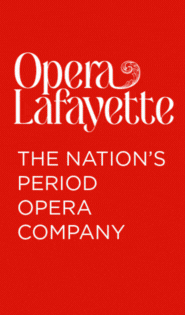
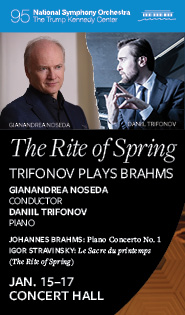
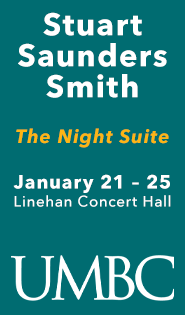
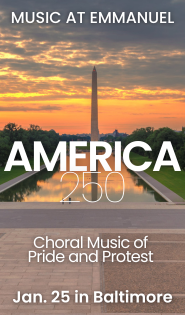

Posted Dec 01, 2016 at 9:43 am by Laura Youens
What a colorful review!